Airlines Using AI For Good
The skies are getting a little friendlier thanks to technology.
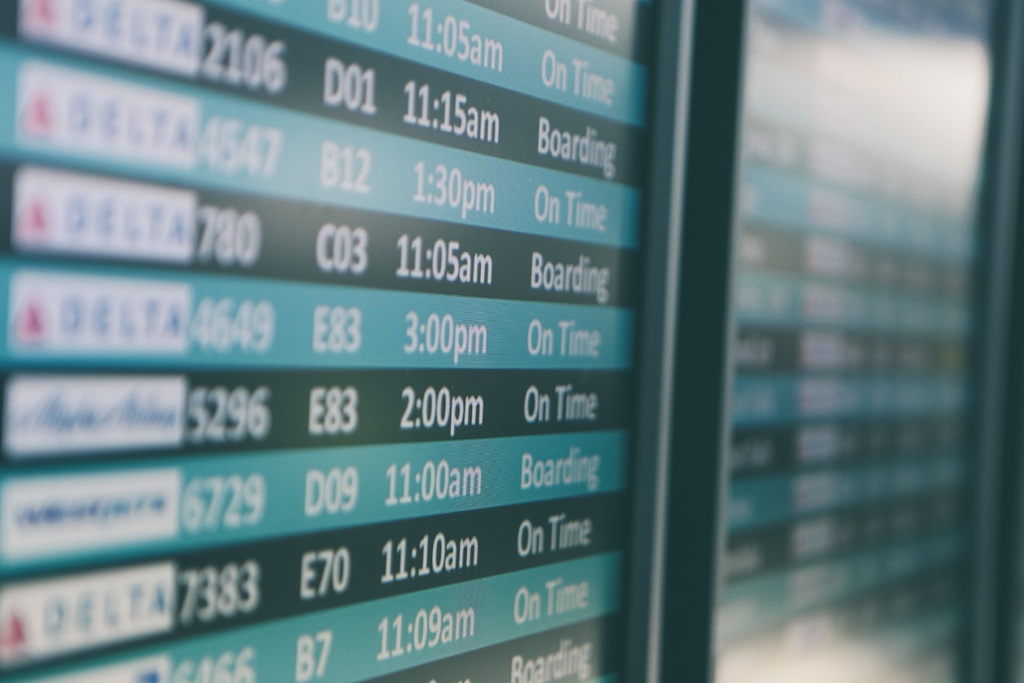
A fascinating piece in the NYT is headlined “Did You Make Your Connecting Flight? You May Have A.I. to Thank.“
Last month in Chicago, a United Airlines flight to London was ready to depart, but it was still waiting for 13 passengers connecting from Costa Rica. The airline projected they’d miss the flight by seven minutes. Under normal circumstances, they’d all be scrambling to rebook.
But thanks to a new artificial-intelligence-powered tool called ConnectionSaver, the jet was able to wait for them — their checked bags, too — and still arrive in London on time. The system also sent text messages to the late-arriving passengers and the people on the waiting jet to explain what was happening.
[…]
A.I. is poised to change almost every aspect of the customer flying experience, from baggage tracking to personalized in-flight entertainment, said Jitender Mohan, who works with travel and hospitality clients at the technology consulting company WNS.
[…]
On the ground, American Airlines and others are working on an A.I.-powered system American calls Smart Gating — sending arriving aircraft to the nearest available gate with the shortest taxiing time, and if the scheduled arrival gate is in use, quickly determining the best alternate gate. All this could mean fewer frustrating minutes spent waiting on the tarmac.
American introduced Smart Gating at Dallas Fort Worth International Airport in 2021 and now employs it at six airports, including Chicago O’Hare and Miami International. The airline estimates it saves 17 hours a day in taxi time and 1.4 million gallons of jet fuel a year.
While I’m skeptical of AI on many fronts, this certainly sounds like an unalloyed good. Airlines save money while providing an improved customer experience. That’s a rare win-win in an industry that has been in a race to the bottom in customer service for decades.
They’re also doing small things better:
At United, a companywide challenge last year yielded a plan to make texts sent to fliers more specific about what’s causing delays. Passengers can get frustrated when flights are delayed with no explanation, said Jason Birnbaum, United’s chief information officer.
But tracking the details required, composing an appropriate message and sending it to the right people for 5,000 flights a day would be too much for the staff to handle, Mr. Birnbaum said. Generative A.I. can process all that data and create messages tailored to conditions. For example, passengers booked on a January United flight from San Francisco to Tucson received this text message, along with a new departure time and an apology: “Your inbound aircraft is arriving late due to airport runway construction in San Francisco that limited the number of arrivals and departures for all airlines earlier.”
Having a more detailed explanation can calm travelers’ nerves. Jamie Larounis, a travel industry analyst who flies about 150,000 miles a year, recalled receiving text messages last summer explaining that a storm and a related crew-scheduling problem had delayed his flight from Chicago. “Getting a specific reason for the delay made me feel like the airline had things under control,” he said.
I’m a much less frequent flier than I used to do but, certainly, this is my experience. I get that there are unavoidable delays owing to weather, mechanical issues, and all manner of other obstacles. But it’s frustrating for a flight to be delayed and then delayed again and delayed again with no explanation. Especially if I’m flying, as I frequently do, between DC and Atlanta and there’s no significant weather event in either city. A little communication about what the hell is happening would go a long way to easing that frustration.
Rather obviously, there’s a longer-term concern that AI will replace a lot of human jobs here. Right now, though, it’s enabling humans to do their jobs better. And, in this case, improving the flying experience of other humans.

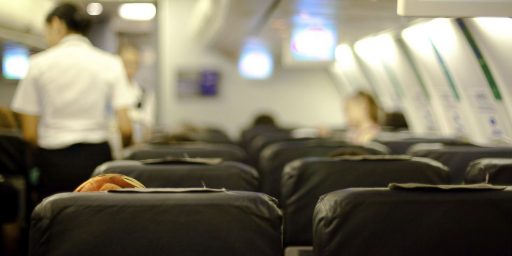

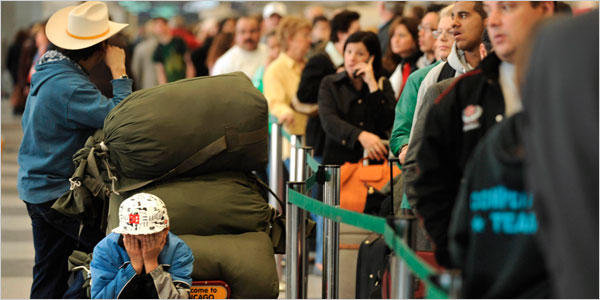
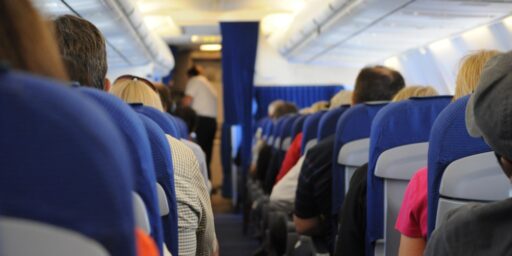
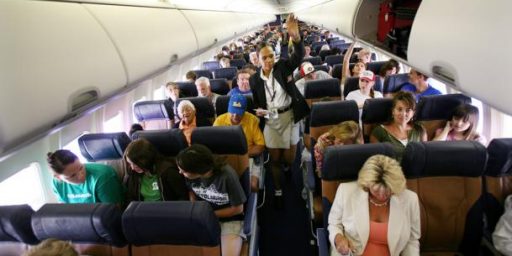
I don’t know. Rescheduling gates reminded me of “Flight 209 now arriving at gate 8… gate 9…”
And so we continue not understanding the difference between heuristic-design AI and generating-plausible-noise AI. Because it’s all bucketed into the same buzzword bullshit acronym.
Unless there wasn’t actually any construction happening in the San Francisco airport and the LLM just made it up, someone had to type that information in.
And knowing which passengers are waiting on planes coming from SF is trivial.
And the example with the not-missed flights is similar, knowing how much buffer time is in the flight schedule (something increased to get the “on time” percentages up) and whether to use that buffer time for these passengers… that’s basically an if-statement, one of the simplest bits of computer code. You could use AI, but you certainly don’t have to.
This article sounds like a pro-AI puff piece written by someone with no idea what AI is or does, who is reading a bit of marketing copy written by other people who don’t know what AI is or does.
I’m not expecting hard hitting journalism on airline scheduling systems, where the reporter breaks the company rep down into tears and gets them to admit that they are a fraud (although, we’ve seen a few recent cases where the AI turns out to be an Army of Indian workers just brute forcing the problem*).
But this is the type of thing that makes me wonder about every other article in the newspaper and how many of the reporters are so over their heads that they don’t understand whether they are over their heads.
(AI is also a popular buzzword that can be used to sell projects to corporate higher-ups, and get approval to rewrite ancient systems that are in danger of catastrophic failure with ever increasing changes. “System A is old and fragile so it needs a rewrite” doesn’t sound as good as “System A-Prime will use cutting edge AI” — this may be the most valuable use of AI in most cases)
——
*: Amazon’s cashierless groceries, where “AI” tracks shoppers and notes what they put in their cart.
Huh, I remember a time when we’d be told by the pilot that we were waiting for 13 passengers connecting from Costa Rica. Or times when I was the waited-for and grateful passenger. Then the airlines decided “F you passengers.” AI isn’t going to make a difference on that last.
@Cheryl Rofer:
I’ve heard of it still being done in recent times.
I’m guessing it depends on several factors:
1) What other flights the delayed passengers can take. If you miss your connection because the airline delayed your flight, then the airline is liable and needs to get you on a different flight, and that may involve covering overnight expenses and meals.
2) If you’re flying from Europe. Given Europe’s delay compensations, it might be better for any airline to delay one flight for an hour or two, that to delay a score of passengers past the compensation delay limit.
3) What class are the connecting passengers paying for. Airlines will always do more for premium class passengers.
4) What status do the passengers, or even just one, have with the airline’s frequent flyer program.
There may be more.
There’s also schedule padding. Say a flight usually takes 90 minutes from gate to gate between A and B. Most times the schedule will show an estimated flight time of 100-110 minutes. If the connecting flight is operating from an airport in good weather, without long wait times for takeoff (or at a slow time), they can easily delay the flight for 10 or 15 minutes and still arrive to their destination on time (BTW, on time often counting as within 15 minutes of the posted time).
This is also why after a short(ish) delay the captain will reassure the passengers the cre can “make up the time” en route. They won’t fly any faster, but if arrival was scheduled for, say, 19:30, chances are the padding will cover that.
@Gustopher: You’re too optimistic. The article could just as easily be an AI copying information provided by the AI of the airlines PR department. 🙁
My brother and his wife flew from the west coast to the midwest recently to view the total eclipse. They missed it due to traffic. On the return trip home they were told at the St. Louis airport that they would not arrive in Denver in time to make their connecting flight to Los Angeles. Upon arrival in Denver they ran from one concourse to another. When they reached their departure gate their connecting flight had not yet arrived.